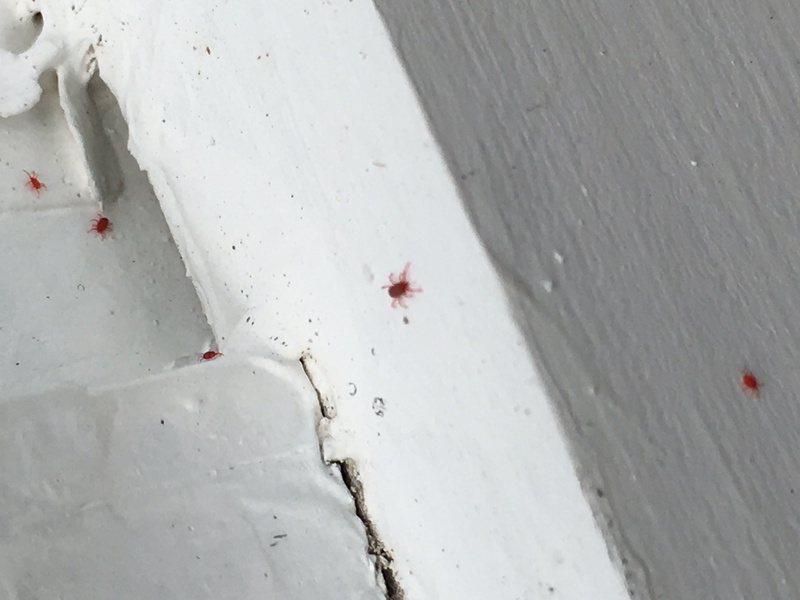
Recent reports in the press have highlighted the sad case of a 14 year old girl’s search for immortality and her fight to have her body frozen after her death. Her hope is that medicine will advance enough to allow her to be brought back to life, cancer free at some point in the future.
Ever since time immemorial humans have endeavored to extend our natural life span. In the middle ages, life expectancy was in the order of 40 years. By 1900 you could expect to live to around 59, and today average life expectancy has reached 80 years give or take. The oldest human that ever lived has reached 122 years and the annual rate of mortality amongst any given age bracket e.g. over 80’s continues to fal




